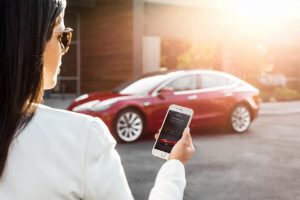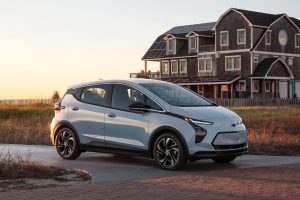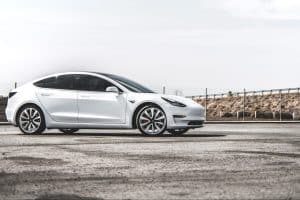- 🚫 Elon Musk has denied WSJ’s claim about Tesla licensing AI models from xAI.
- 📚 Tesla has gained insights from discussions with xAI engineers, but doesn’t need to license their AI.
- 🤖 xAI’s AI models, although comprehensive, are too large to run on Tesla’s vehicles.
- 🔍 Musk emphasizes Tesla’s focus on real-world AI, tailored for efficient driving.
- 💡 The assertion of a financial agreement between Tesla and xAI has been deemed inaccurate by Musk.
In recent discussions surrounding AI advancements and collaborations, a particular narrative caught the public’s eye involving Tesla and xAI. The Wall Street Journal reported claims about Tesla potentially licensing AI models from xAI, a startup led by Elon Musk. However, Musk himself has stepped forward to clarify the situation, dispelling rumors and providing insights into both Tesla’s and xAI’s technological pathways.
Unpacking the Truth: Tesla and xAI’s Relationship
The WSJ Report: Unfounded Claims
A report by the Wall Street Journal suggested a possible agreement between Tesla and xAI. According to the article, this partnership would involve Tesla licensing AI models from xAI to enhance technologies like Full Self-Driving (FSD). It also implied that Tesla would share FSD revenue with xAI, pointing to deeper financial ties.
Musk’s Rebuttal: No Need for Licensing
Elon Musk was quick to address these claims, stating unambiguously that Tesla does not need to license AI from xAI. While Tesla has undeniably gained insights from xAI engineers, it has not taken steps to formalize any licensing agreements. This statement from Musk aligns with Tesla’s historical tendency to develop and own its technological advancements internally.
Delving Deeper: The AI Models in Question
Tesla’s AI: Designed for Efficiency
Tesla’s real-world AI models are precisely engineered to operate seamlessly on its electric vehicles, specifically geared towards real-time processing and efficient energy use. The AI models compress video feed from the car’s cameras into actionable driving commands, all while operating on a constrained power and memory budget.
xAI’s Contributions: Comprehensive but Unfit for Tesla Vehicles
On the other hand, xAI’s models are robust and expansive, reportedly encompassing “most of human knowledge” in a compressed form. These models, while impressive, are not designed to run on Tesla’s current vehicle systems, which require models optimized for the hardware they use. This technological mismatch further nullifies the need for any licensing from xAI.
The Bigger Picture: Musk’s Vision for AI
Real-World AI vs. Traditional AI Models
Musk’s narrative separates Tesla’s AI focus from broader AI models. The emphasis is on AI tailored for specific applications like driving, where processing speed, power efficiency, and accuracy are paramount. This is contrasted against generalized AI models that do not meet the stringent demands of Tesla’s vehicle platforms.
Synergies without Financial Complications
While Tesla and xAI share insights and potentially accelerate each other’s technological developments, there is no financial transaction involved as initially suggested by news reports. This approach exemplifies Musk’s vision of cross-company collaborations that benefit technological advancement while maintaining operational independence.
Conclusion: Navigating the Future of AI
The relationship between Tesla and xAI exemplifies the complexities and interdependencies in AI development across industries. As AI continues to evolve, the focus remains on creating models that are not only intelligent but are also practically applicable within existing infrastructures.
As Tesla advances its self-driving capabilities, collaborations, whether formal or informal, will play a role, but maintaining clarity about these relationships ensures transparency and trust with stakeholders and the public.





